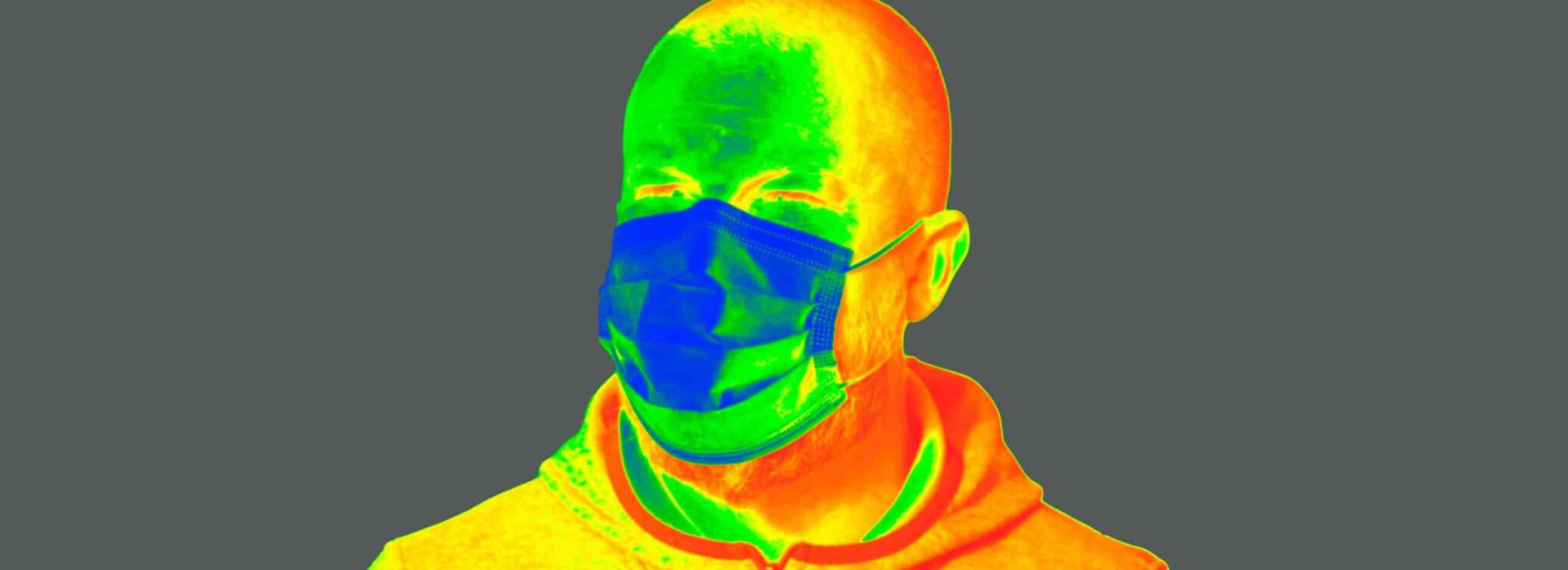Earlier this year, we posted an article about the effectiveness of fever-detecting cameras. In it, we cited multiple examples from industry experts who put the cameras to the test. They found the cameras to be an imprecise tool for determining who may be infected with COVID-19.
Now, nearly four months later, health leaders from around the world are speaking out on the many problems they have experienced. IPVM, the video surveillance authority, is once again the source for this information. In a recent post, they gathered and verified statements from health officials in Canada, Israel, Ireland, the UK and the U.S.
Here’s What the Temperature-Screening Experts Have to Say
Dr. Theresa Tam, the Chief Public Health Officer of Canada, said, “The more you actually understand this virus, the more you begin to know the temperature taking is not effective at all.”
The Health Information and Quality Authority (HIQA) in Ireland monitors health standards and compliance. The organization found “Mass screenings at airports that use non-contact devices were not found to be effective in identifying infectious individuals and limiting the spread of disease.”
Much like IPVM’s earlier testing, the HIQA determined “these systems are sensitive to confounders that change people’s temperature (e.g. sun, snow) thus reducing the accuracy.”
Israel’s associate director of its Ministry of Health stated the screenings are “ineffective and inefficient.” He goes on to say that “Normal temperatures give false assurance. Passengers with normal temperatures could still be in the incubation period, which means they’re infected, but have yet to develop a fever.”
The MHRA, the UK’s top medicines and medical device authority announced, “Temperature readings from temperature screening systems will measure skin temperature rather than core body temperature. In either case, natural fluctuations in temperature can occur among healthy individuals. These readings are therefore an unreliable measure for detection of COVID-19 or other diseases which may cause fever.”
Finally, Dr. Anthony Fauci, the director of the U.S. National Institute of Allergy and Infectious Diseases (NIH), criticized temperature screening cameras as “notoriously Inaccurate.” He added both the NIH and the White House have done away with this type of screening.
The IPVM article restates some of its findings about the cameras saying, “These world public health experts’ conclusions are consistent with IPVM testing of 20+ products and their accuracy.” They go on to say that many businesses installed the cameras without blackbody devices, which are important for accuracy because they provide a reference temperature that allows the system to calibrate properly.
Many are also using the cameras outdoors or in sunny spots which can affect body temperature. Additionally, some are choosing not to follow FDA guidelines and IEC standards for removing face obstructions before measuring temperature.
A Few More Authorities Weigh In
The Centers for Disease Control (CDC) estimates 40% of people carrying COVID are asymptomatic, meaning they have no fever. This is part of the reason the CDC has not included fever screening as part of business and school reopening procedures.
An article from IFSEC Global, the leading provider of news, videos and features about the security and fire industry, quotes Frank Pennisi, the president of FLIR. FLIR is a specialist in thermal imaging technology.
Pennisi stated “That while thermal imaging/infrared cameras could be helpful for screening, they are not sufficient for an actual diagnosis. For one thing, thermal imaging only measures skin temperature and not internal temperature. In addition, Covid-19 has a relatively long incubation period, and not all sufferers will experience a fever.”
Every industry is searching for the right tools to help them detect the coronavirus. However, as you can see, fever-detecting cameras alone are not the answer. Zane Arp, Director of the U.S. Food and Drug Administration’s Division of Biomedical Physics, said it best.
“On the effectiveness front, it is fairly clear that this probably should not be a primary tool in the fight against COVID. That’s not to say it can’t be utilized as a part of a tool box in detecting people with COVID or triaging people at a hospital that are known to have the disease but if it is utilized as a primary triage method or evaluation method it would be fairly poor.”
For more information about thermal cameras or proactive security solutions, contact us.

